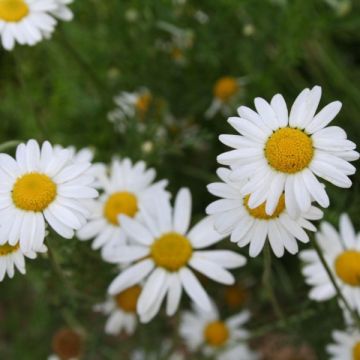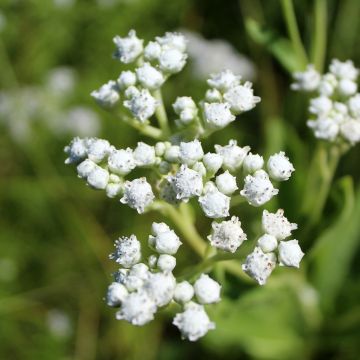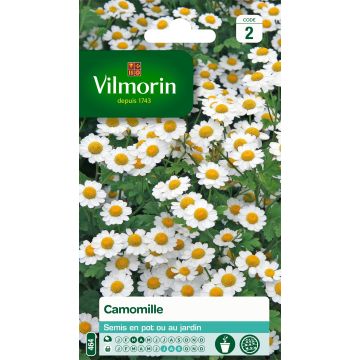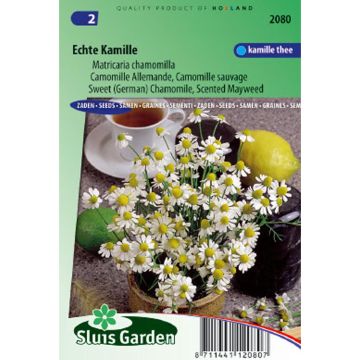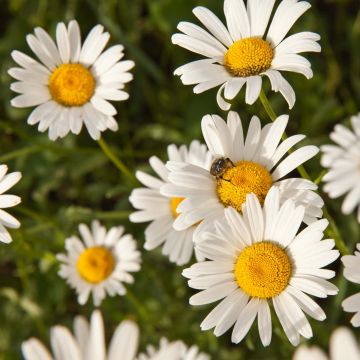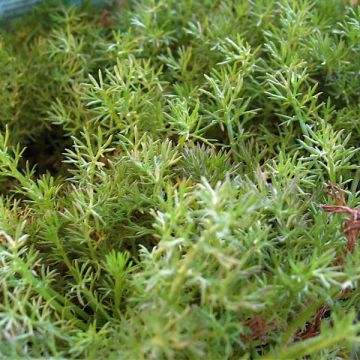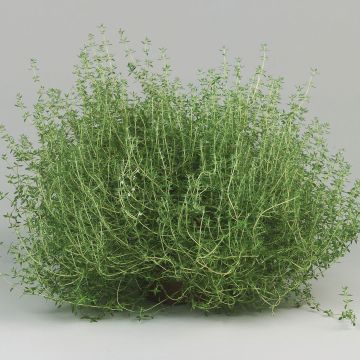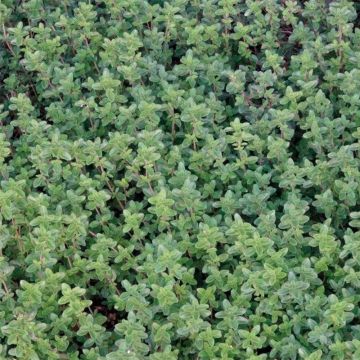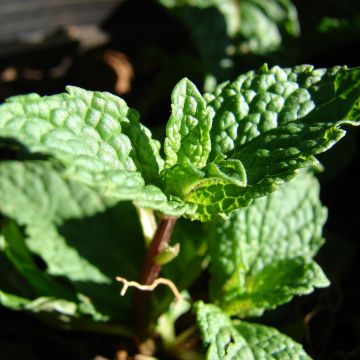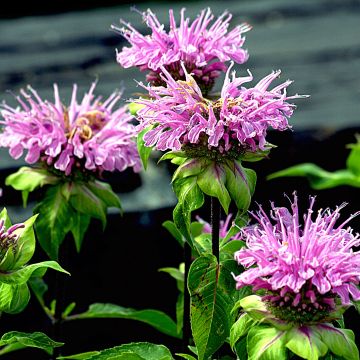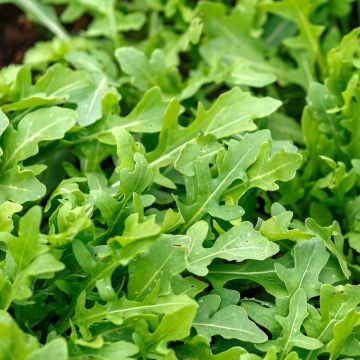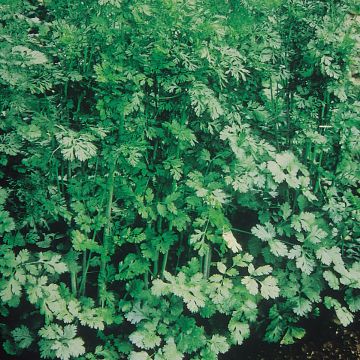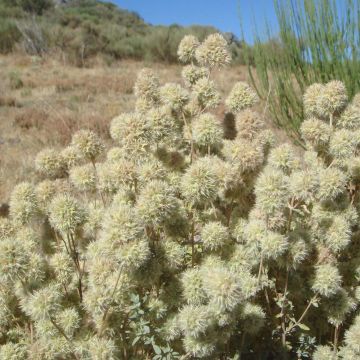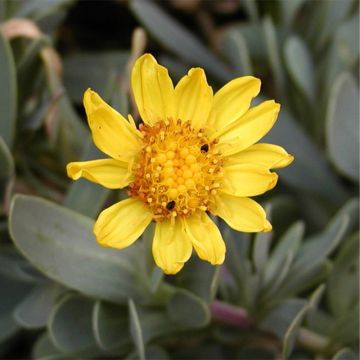Shipping country and language
Your country of residence may be:
Your country of residence is:
For a better user experience on our website, you can select:
Your shipping country:
-
Andorra
-
Austria
-
Belgium
-
Bulgaria
-
Canada
-
Chile
-
Croatia
-
Cyprus
-
Czechia
-
Denmark
-
Estonia
-
Finland
-
France
-
Germany
-
Greece
-
Hungary
-
Iceland
-
Ireland
-
Italy
-
Latvia
-
Lithuania
-
Luxembourg
-
Malta
-
Monaco
-
Netherlands
-
Poland
-
Portugal
-
Romania
-
Slovakia
-
Slovenia
-
Spain
-
Sweden
-
Switzerland
-
United Kingdom
We only deliver seed and bulb products to your country. If you add other products to your basket, they cannot be shipped.
Language:
-
French
-
German
-
Spanish
-
English
-
Italian
My Account
Hello
My wish lists
Log in / Register
Existing customer?
New customer?
Create an account to track your orders, access our customer service and, if you wish, make the most of our upcoming offers.
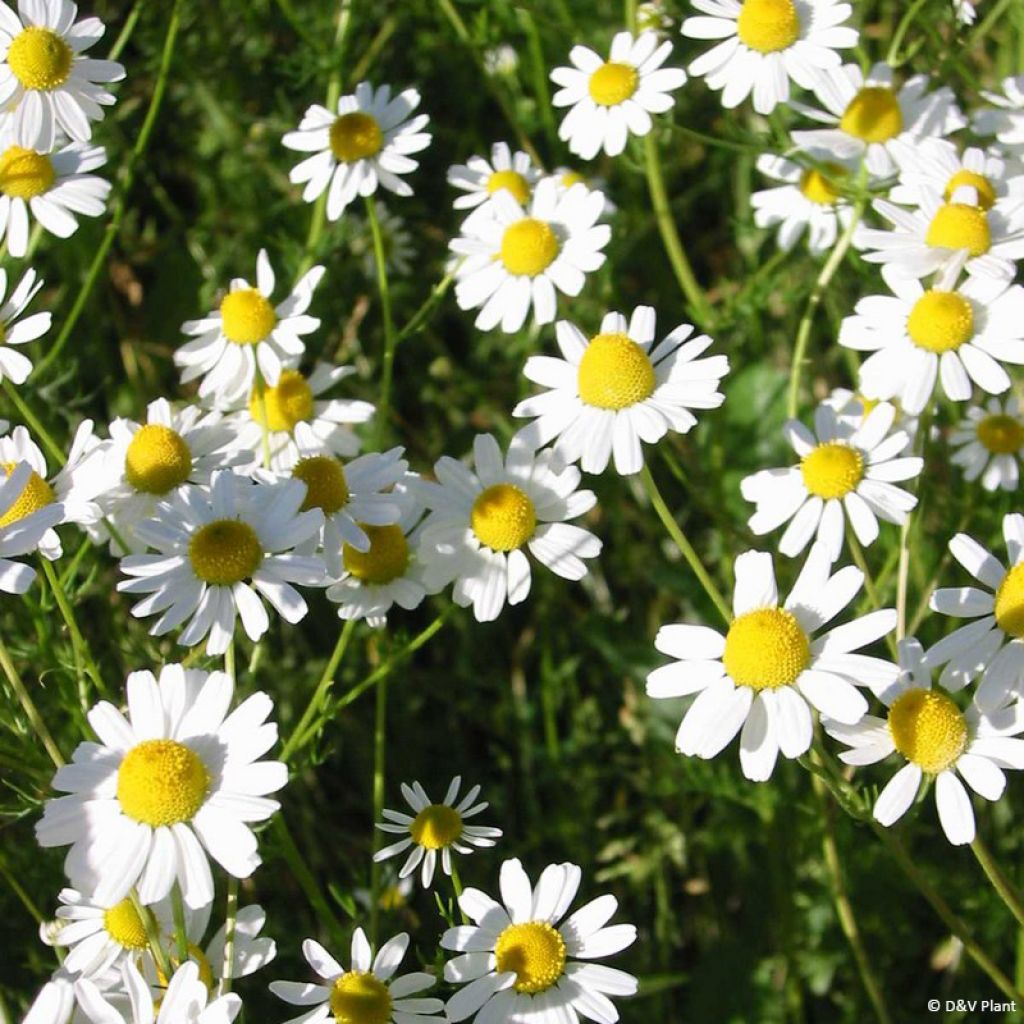

Camomille allemande - Matricaria recutita (chamomilla)
Matricaria chamomilla
Matricaria camomilla
German Chamomile, Blue Chamomile, Wild Chamomile
Order 101710590 arrived completely damaged! I would like a full refund.
Diana Dent, 16/05/2024
Why not try an alternative variety in stock?
View all →Order in the next for dispatch today!
Dispatch by letter from €3.90.
Delivery charge from €5.90 Oversize package delivery charge from €6.90.
More information
This item is not available in your country.
Schedule delivery date,
and select date in basket
This plant carries a 12 months recovery warranty
More information
We guarantee the quality of our plants for a full growing cycle, and will replace at our expense any plant that fails to recover under normal climatic and planting conditions.
From €5.90 for pickup delivery and €6.90 for home delivery
Express home delivery from €8.90.

Does this plant fit my garden?
Set up your Plantfit profile →
Description
German Chamomile, in Latin Matricaria chamomilla or Matricaria recutita, also known as wild chamomile, small chamomile or true chamomile, is cultivated for its ornamental, medicinal and cosmetic qualities. Chamomile naturally finds a place in a vegetable garden, as it protects vegetables by attracting or repelling certain insects. It forms an upright bush that can reach 50 to 60 cm (20 to 24in) in height and width. It is easy to grow and thrives in sandy and rich soils where it blooms from May to October with small white daisies with hollow and rounded yellow hearts. This annual plant, found along paths or in abandoned areas, can be grown in flower beds or pots on a balcony.
Its feathery and finely divided foliage is very characteristic and allows it to be distinguished from the common chamomile. German chamomile is an annual while Roman chamomile is perennial. Aromatic, herbal teas are made with dried flowers. A calming infusion of German chamomile helps to fight insomnia. This chamomile is also used for lightening hair colour.
Harvest for wild bouquets: from May, German chamomile produces very pretty wild bouquets. You can pick it when the flowers are fully open, but not yet ripe and the ligules (outer florets) will bend downwards.
Harvesting flowers for herbal teas (or other purposes): cut the inflorescences when they are fully open but not yet ripe, preferably in the morning. The aromatic properties of chamomile are greater when the flowers are used fresh. If you want to dry them for storage, spread the flowers on a rack or tray in a dry place away from light. The flowers are properly dried when they start to darken.
The gardener's culinary tip: crumble up to 4 to 5 chamomile flowers in your pastries to give them an original and refined flavour.
The gardener's little trick: German chamomile, like nasturtium, attracts aphids, thus acting as a protector of the vegetable garden. In addition, it attracts two important garden and vegetable garden allies: the hoverfly and the lacewing. The hoverfly, sometimes confused with wasps because of its yellow and black striped abdomen, has only one pair of wings. Its larvae mercilessly feed on aphids and once adult it becomes a useful pollinator. Lacewing has a beautiful name and silhouette and its offspring will eliminate aphids, mealybug or red spider mites. Hoverflies and lacewings are extremely sensitive to insecticides, even organic ones.
Report an error about the product description
Flowering
Foliage
Plant habit
Botanical data
Matricaria
camomilla
Asteraceae
German Chamomile, Blue Chamomile, Wild Chamomile
Western Europe
Other Chamomile
Planting and care
German chamomile is undemanding, it is found in the wild along paths and in fallow areas in the countryside. It thrives in the sun, adapts to a wide range of soils, and does not require any particular care. Chamomile plants self-seed very spontaneously and abundantly.
Removing the flowering tops promotes re-flowering.
Planting period
Intended location
Care
-
, onOrder confirmed
Reply from on Promesse de fleurs
Herbs
Haven't found what you were looking for?
Hardiness is the lowest winter temperature a plant can endure without suffering serious damage or even dying. However, hardiness is affected by location (a sheltered area, such as a patio), protection (winter cover) and soil type (hardiness is improved by well-drained soil).

Photo Sharing Terms & Conditions
In order to encourage gardeners to interact and share their experiences, Promesse de fleurs offers various media enabling content to be uploaded onto its Site - in particular via the ‘Photo sharing’ module.
The User agrees to refrain from:
- Posting any content that is illegal, prejudicial, insulting, racist, inciteful to hatred, revisionist, contrary to public decency, that infringes on privacy or on the privacy rights of third parties, in particular the publicity rights of persons and goods, intellectual property rights, or the right to privacy.
- Submitting content on behalf of a third party;
- Impersonate the identity of a third party and/or publish any personal information about a third party;
In general, the User undertakes to refrain from any unethical behaviour.
All Content (in particular text, comments, files, images, photos, videos, creative works, etc.), which may be subject to property or intellectual property rights, image or other private rights, shall remain the property of the User, subject to the limited rights granted by the terms of the licence granted by Promesse de fleurs as stated below. Users are at liberty to publish or not to publish such Content on the Site, notably via the ‘Photo Sharing’ facility, and accept that this Content shall be made public and freely accessible, notably on the Internet.
Users further acknowledge, undertake to have ,and guarantee that they hold all necessary rights and permissions to publish such material on the Site, in particular with regard to the legislation in force pertaining to any privacy, property, intellectual property, image, or contractual rights, or rights of any other nature. By publishing such Content on the Site, Users acknowledge accepting full liability as publishers of the Content within the meaning of the law, and grant Promesse de fleurs, free of charge, an inclusive, worldwide licence for the said Content for the entire duration of its publication, including all reproduction, representation, up/downloading, displaying, performing, transmission, and storage rights.
Users also grant permission for their name to be linked to the Content and accept that this link may not always be made available.
By engaging in posting material, Users consent to their Content becoming automatically accessible on the Internet, in particular on other sites and/or blogs and/or web pages of the Promesse de fleurs site, including in particular social pages and the Promesse de fleurs catalogue.
Users may secure the removal of entrusted content free of charge by issuing a simple request via our contact form.
The flowering period indicated on our website applies to countries and regions located in USDA zone 8 (France, the United Kingdom, Ireland, the Netherlands, etc.)
It will vary according to where you live:
- In zones 9 to 10 (Italy, Spain, Greece, etc.), flowering will occur about 2 to 4 weeks earlier.
- In zones 6 to 7 (Germany, Poland, Slovenia, and lower mountainous regions), flowering will be delayed by 2 to 3 weeks.
- In zone 5 (Central Europe, Scandinavia), blooming will be delayed by 3 to 5 weeks.
In temperate climates, pruning of spring-flowering shrubs (forsythia, spireas, etc.) should be done just after flowering.
Pruning of summer-flowering shrubs (Indian Lilac, Perovskia, etc.) can be done in winter or spring.
In cold regions as well as with frost-sensitive plants, avoid pruning too early when severe frosts may still occur.
The planting period indicated on our website applies to countries and regions located in USDA zone 8 (France, United Kingdom, Ireland, Netherlands).
It will vary according to where you live:
- In Mediterranean zones (Marseille, Madrid, Milan, etc.), autumn and winter are the best planting periods.
- In continental zones (Strasbourg, Munich, Vienna, etc.), delay planting by 2 to 3 weeks in spring and bring it forward by 2 to 4 weeks in autumn.
- In mountainous regions (the Alps, Pyrenees, Carpathians, etc.), it is best to plant in late spring (May-June) or late summer (August-September).
The harvesting period indicated on our website applies to countries and regions in USDA zone 8 (France, England, Ireland, the Netherlands).
In colder areas (Scandinavia, Poland, Austria...) fruit and vegetable harvests are likely to be delayed by 3-4 weeks.
In warmer areas (Italy, Spain, Greece, etc.), harvesting will probably take place earlier, depending on weather conditions.
The sowing periods indicated on our website apply to countries and regions within USDA Zone 8 (France, UK, Ireland, Netherlands).
In colder areas (Scandinavia, Poland, Austria...), delay any outdoor sowing by 3-4 weeks, or sow under glass.
In warmer climes (Italy, Spain, Greece, etc.), bring outdoor sowing forward by a few weeks.
